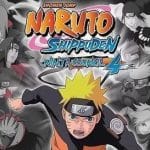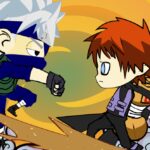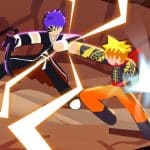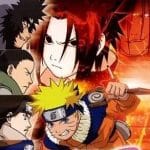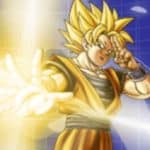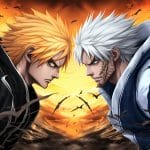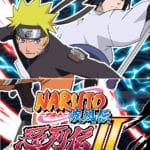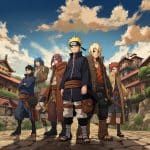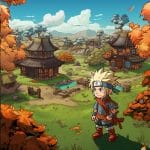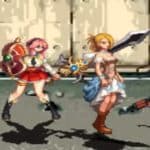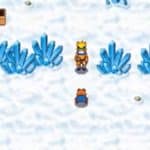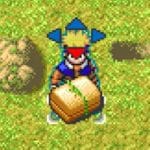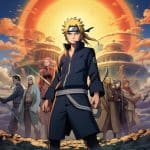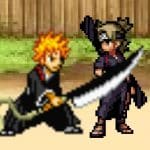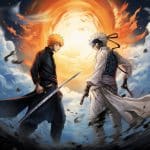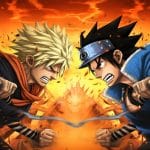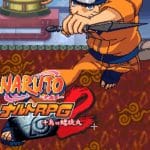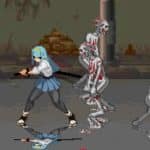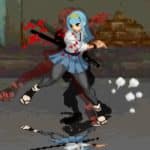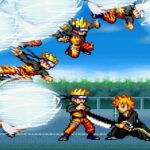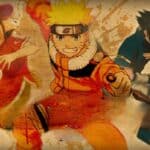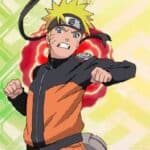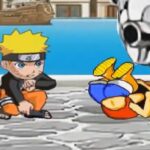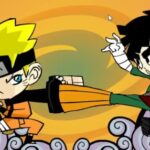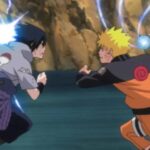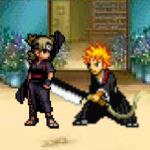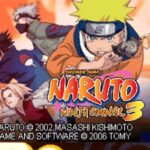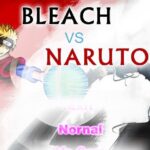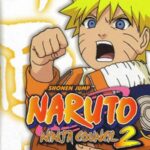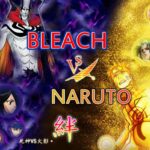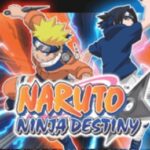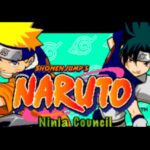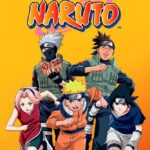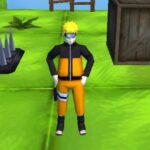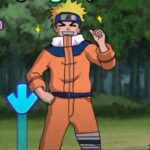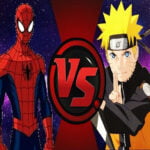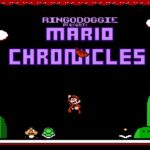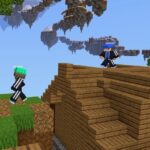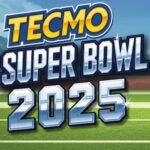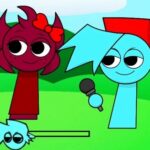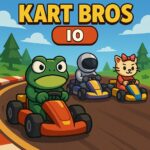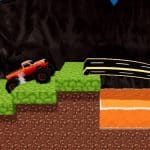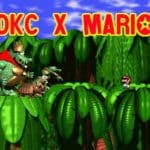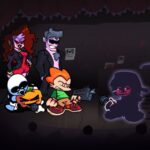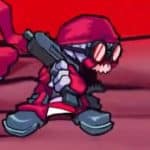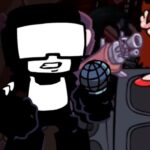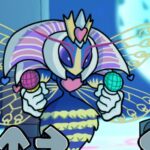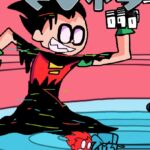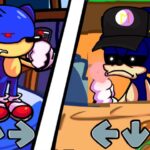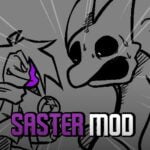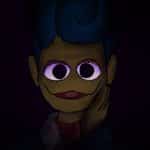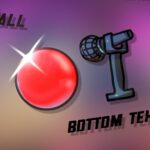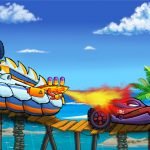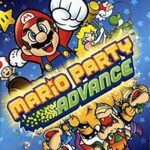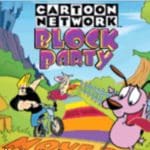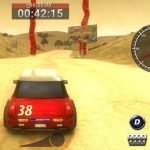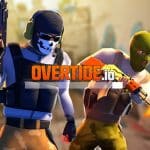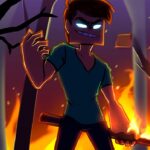About Naruto Games
Naruto games are video games based on Naruto, an anime and manga written by Masashi Kishimoto. These games are available on most consoles. The player controls one of a select few characters based on their counterparts in the Naruto TV show. The objective is to reduce their health to zero using basic attacks and special techniques unique to each character.
These games are a series of games based on the original television show and manga. The game takes place during the World War Sasuke, with players selecting one of the Naruto characters to begin their quest to defeat all the other characters. Each character can be further customized with unlockable outfits and abilities which can be unlocked through in-game play or purchased from a store.
Naruto games aim to bring the feel of the Naruto manga and anime to the gamer. The goal is for players to feel as if they are truly in a fight with another person. In many cases, this means giving each character their own unique attacks and abilities, which can be obtained through leveling up in-game or using various powerups attained by completing certain objectives within the game. Many of these characters come from the Naruto Shippuden series, with the popularity of this show ensuring that there will always be new characters to unlock and fight with regardless of how many consoles that have been released over time.
The Naruto games are a series of fighting games produced by Spike and published by Bandai for various handheld consoles, including Game Boy Advance, Nintendo DS, PlayStation 2 and Xbox. They feature characters from the Naruto anime or manga in various scenarios. Most of the series have been published in Japan only and there have only been a few releases on other platforms such as the Sega Dreamcast.
Players can choose from a wide variety of Naruto characters, decide how they want to play and in which direction they want to progress through the game. The game also supports single player mode as well as two-player, split screen multiplayer.
The game provides a therapeutic function for the player that with regular play improves performance of various physical tasks, including games. For example, in the early stages of development it helps improve hand to eye coordination. Players can also choose from several different game modes, such as Training Mode, Story Mode and Online Play.
List of Naruto Games
Naruto: Clash of Ninja Revolution is a group-based fighting game for the Game Boy Advance. It was developed by D3 Publisher and published by Takara Tomy, who were also the developers for the previous games in the series. The player can choose one of eight characters from Naruto Shippūden, with their attacks depending on which character they chose. Each character’s moves are named after an attack from their respective anime series, such as Sasuke’s Chidori in honor of his Wind Blast and Gaara’s Sand Binding Coffin being named after his Rock-Paper-Scissors. As a result, there are many characters available to choose from which makes it more interesting overall. Eighting also included support features such as vehicle levels where players control vehicles similar to those used by Sasuke and Naruto in their respective series (Naruto Shippuden).
The Naruto: Ninja Council series consists of various installments, the first two games of which are available exclusively for Nintendo’s Game Boy Advance. The first title in the series is Naruto: Saikyō Ninja Daikesshū, released on November 16, 2003. This is followed by Naruto: Gekitō Ninja Taisen! Spirit Chaser Naruto Kizuna Ver. on February 18, 2004.
The Naruto: Uzumaki Chronicles game is based on the manga and anime series Naruto, featuring characters from the story. The player takes on the role of one of 7 playable characters (Sasuke Uchiha, Sakura Haruno, or some characters with a different personality) and can play as them throughout the game. Each character has their own unique skills set and stats that affect how they fight.
Naruto: Ninja Destiny is a game that brings out the true ninja fighting style, featuring the Naruto story line. The game’s story mode contains 16 playable characters that can be chosen at random and then trained. In addition to the single player mode, there are also multiplayer modes available for two players to fight against each other. This is an exciting, addictive and thrilling RPG based on the popular manga series. The game blends elements of turn-based strategy and card collecting together with the traditional RPG elements, such as character classes and skills, allowing players to obtain items, abilities and equipment that further enhance their abilities. There are multiple storylines to choose from as well as multi-player modes allowing fans to experience the latest characters in a new way.
Naruto: Ultimate Ninja is a fighting video game series produced by CyberConnect2 and released by Namco-Bandai Games for the PlayStation 2. The first entry in the series was released in 2003, followed by two sequels in 2004 and 2007, and a prequel in 2010. A spin-off for the PlayStation Portable was released in 2006. In 2008, Namco-Bandai Games merged with Bandai and took over publishing duties; its Naruto titles would see mentions or references to this fact until 2014, when their announcement of Death Note began abruptly changing words such as “Bandai Namco” and “Namco” (from “Bandai Namco” to “Namco Bandai”). Fight as Naruto Uzumaki in this game based on the hit anime series. This game is a classic installment of the Naruto franchise, with plenty of excitement and strategy, including 18 playable characters, a special game mode from the Manga/Anime and cool fighting moves.
Naruto: Path of the Ninja is a side-scrolling beat ’em up action game with RPG elements. It allows players to play through the original story in a different order from the animated series, but allows them to play as any character chosen from those available in the game. The game’s story takes place three years after the final episode of Naruto: Shippūden, and only features major characters from that point onward, including Sasuke and Sakura. It was released for Game Boy Advance in Japan on September 20th 2006, on February 7th 2007 in Europe, on February 12th 2007 in Australia and New Zealand as well as February 14th 2007 in North America.

